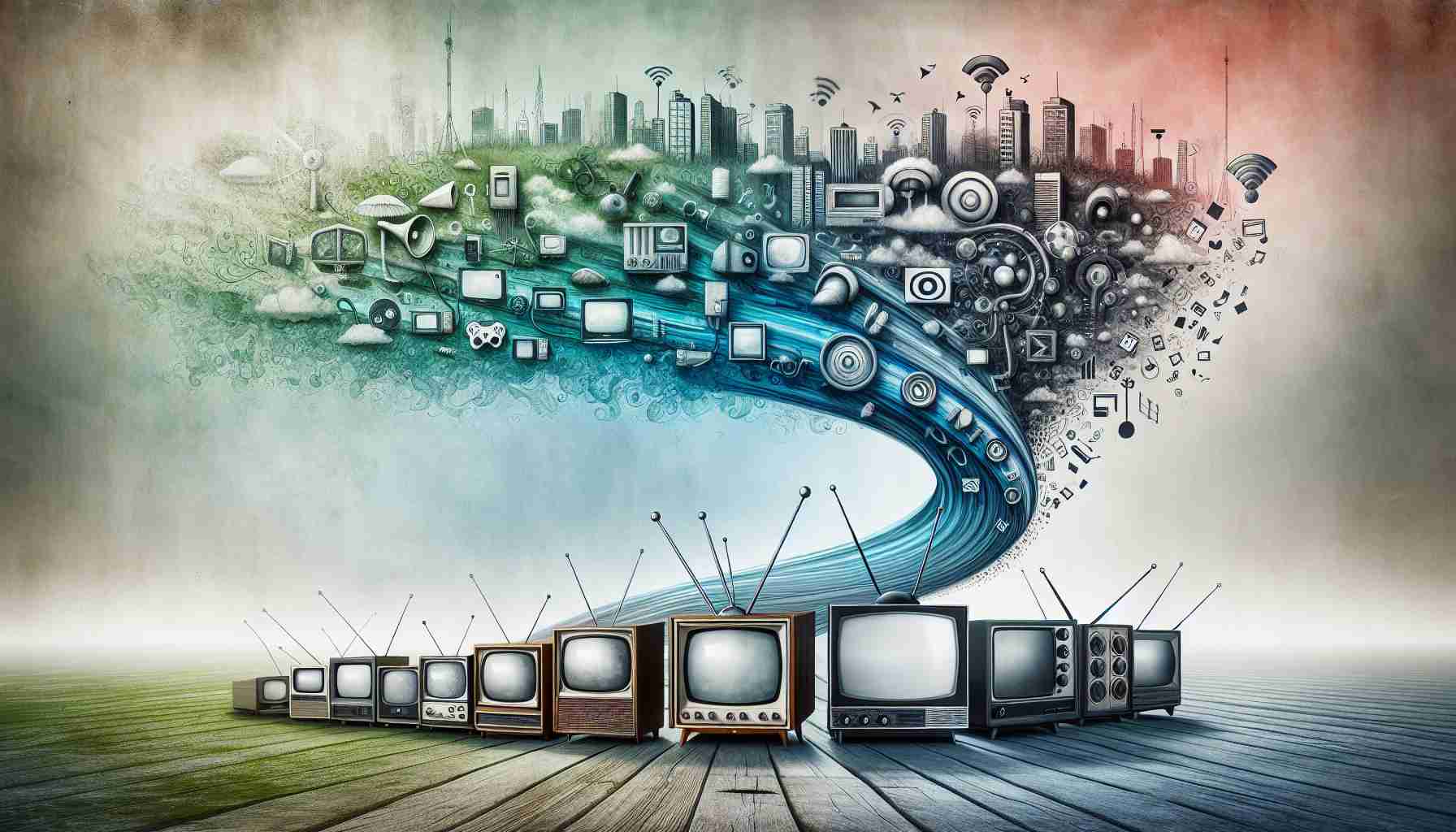
The television landscape is undergoing significant transformation toward internet-based viewing experiences. Recent innovations by Sky demonstrate this trend, as the company introduces devices such as the Glass TV and the Stream box, which rely solely on broadband connections, steering clear of traditional satellite systems. The previous Sky Q boxes, which are still recognized for their functionalities, are increasingly getting less visibility on the company’s platform—a clear indication of the industry’s shift towards streaming technologies.
One of the primary advantages of these new devices is their user-friendly installation process. Unlike satellite dishes, which often require professional setup, the latest Sky products allow users to start streaming with minimal effort, unhindered by adverse weather conditions.
While many existing Sky Q and Sky HD customers may be concerned about whether their devices will remain viable in this digital era, worry has been laid to rest. Sky recently reaffirmed its dedication to satellite services through a renewed contract with SES, a key provider of broadcasting signals in the UK. This agreement guarantees that the traditional Sky satellite boxes will remain functional for at least the next five years.
This collaboration emphasizes Sky’s commitment to delivering a reliable viewing experience for all customers. The company aims to balance its offerings between its beloved Sky Q satellite platform and innovative new streaming options, ensuring that users can continue enjoying their favorite content without disruption.
The Evolution of Television: A Shift Towards Streaming Services
The evolution of television has taken a dramatic leap in recent years, with streaming services emerging as a dominant force in the industry. This shift has not only transformed how content is consumed but has also influenced the production and distribution of television programming. With platforms like Netflix, Hulu, Amazon Prime Video, and Disney+, the traditional television model is continuously being reshaped.
What drives the shift to streaming services?
One of the main factors is the changing preferences of viewers. Audiences are increasingly favoring on-demand content that allows them to watch their favorite shows and movies on their own schedules. According to a report from the Nielsen Company, as of late 2022, streaming accounted for over 28% of total TV time spent by viewers in the U.S., reflecting a noticeable increase in preference for flexible viewing options.
Key challenges and controversies
Despite its growth, the streaming revolution is not without challenges. One major concern is the increasing fragmentation of content across numerous platforms, often resulting in subscription fatigue among viewers. It is estimated that the average consumer now subscribes to four different streaming services, making it challenging to keep track of content availability and access. Moreover, the proliferation of exclusive content locked behind different paywalls complicates the consumer experience and raises questions around accessibility.
Another controversy involves the impact of streaming services on traditional cable providers. As viewership continues to decline for cable television, many industry analysts worry that this could lead to a further deterioration of local channels and public broadcasting services, which depend heavily on cable subscriptions. The transition can also create disparities in content access based on socioeconomic factors, as not everyone can afford multiple subscriptions.
Advantages and disadvantages of streaming services
The advantages of streaming services are clear. They offer flexible viewing, a vast library of content, and the ability to watch without commercials (with some exceptions). Additionally, many streaming platforms utilize algorithms to personalize recommendations, enhancing user engagement and satisfaction.
However, there are also disadvantages. As mentioned earlier, viewers may face financial strain due to multiple subscription fees. Moreover, the reliance on internet access means that those in areas with poor internet infrastructure may be excluded from fully enjoying the benefits of streaming. The concept of ‘binge-watching’ has also sparked discussions about its potential negative impact on mental health, with some studies suggesting it can lead to sedentary lifestyle choices.
What lies ahead for the future of television?
As the industry continues to evolve, we may see further consolidation among streaming services, potentially leading to a few dominant players. Additionally, advancements in technology, such as 5G networks, could enhance streaming quality and accessibility, giving rise to new platforms and formats. Industry stakeholders must navigate these changing tides while balancing consumer demands and the challenges presented by this new era of television consumption.
For more information on the evolution of television and the impact of streaming services,
Nielsen,
Statista, and
Variety provide comprehensive insights and data related to viewing habits and industry changes.



